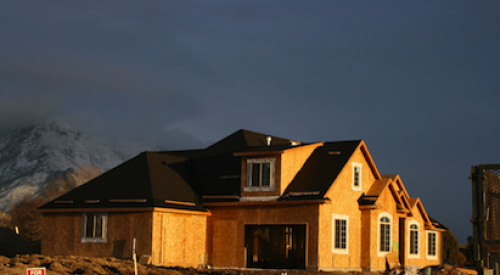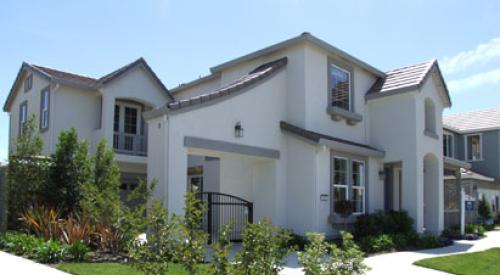The number of homeowners that were cost-burdened dropped 9% overall during the past nine years, but low-income households only experienced half of that decrease. Homeowners who are cost-burdened spend more than 30% of their total income on housing. In total, 21% of homeowners were cost-burdened in 2019, dropping from 30% in 2010, yet 64% of low-income homeowners remain cost burdened. According to the Harvard University Joint Center for Housing Studies, the unequal drops in cost burdens are a result of larger growth in incomes and declines in monthly costs for high-income homeowners. And the pandemic is threatening an already highly cost-burdened group.
The newly released American Community Survey (ACS) shows a continued decrease in cost burdens in 2019. While the share of all homeowners that were cost-burdened (spending more than 30 percent of their income for housing) fell significantly in the decade before COVID-19, there were only slight declines in cost burdens for low-income homeowners. These longer-term trends are especially worrisome because low-income households are much more likely to have lost jobs or had their work curtailed since the pandemic began.
While low-income households saw only slight cost burden declines, higher-income cost burdens declined by more than half. In 2010, 13 percent of homeowners with real median household incomes of $75,000 or more were cost-burdened. By 2019, this number had declined by more than half, to just 6 percent. Additionally, homeowners with incomes between $45,000 to $74,999 saw declines in cost burdens from 33 to 22 percent.













